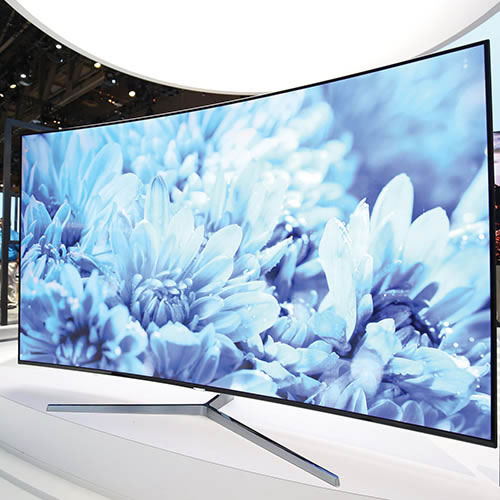TechUK operations director Paul Hide asks whether an industry-standard name and spec for UHD due this autumn will help focus manufacturers and content providers on a strong proposition going forward
UHD launched back in 2012 and we’ve seen a mix of content and devices available for the viewer, but no real cohesion in terms of a united industry approach, resulting in a lack of clarity on exactly what the UHD proposition is.
Variations in standards and naming (UHD and 4K) are not helping deliver a platform from which to sell a margin-rich, high-value proposition to customers.
However, the UHD fog appears to be lifting, consensus is building on unified standards and we are closing in on the opportunity to finally have a richer proposition from which to grow the market.
The main argument has been the detail of what constitutes a compelling UHD picture experience. The majority of industry players agree that pixel counts alone do not deliver a step-change viewing experience over HD, especially for screen sizes between 40in to 60in, which is the bulk of the market.
What is required is improved High Dynamic Range (HDR) and a Wide Colour Gamut (WCG). Once you add improvements to the picture in terms of greater contrast, delivering pure blacks and more lifelike colours – such as the ability to reproduce rich deep pillar box reds – then you have a picture upgrade that is both noticeable in its relative improvement and impactful whatever the screen size. This debate has raged within the European Broadcasting Union and other international standards bodies for some time and finally we appear to have consensus and a confirmed, pan-industry specification ready for this autumn.
A unified specification will result in focus from content, delivery and device manufacturers to bring additional content and services to market from 2017 onwards. Marketed under the proposed ‘Ultra HD Premium’ moniker, we can hopefully consign descriptions such as ‘4K’, which means little to a consumer, to history.
A change to the UHD specification inevitably prompts questions on legacy equipment. UK sales of 4K/UHD-compatible TVs have already passed the one million mark and devices such as the YouView PVR, enabling BT Sports UHD services, launched last summer. Early adopters will not miss out on the ability to view current and future UHD content on their current televisions, as it is expected that all content will work on legacy equipment in 4K resolution. What current owners will miss out on is the significant improvements in picture quality that the new UHD Premium standard delivers.
UHD content is growing, albeit slowly. From a broadcast perspective, only BT Sport currently offers linear broadcast programming in the UK, via IP. Netflix has had a UHD content offering of drama and films since last April and is continuing to expand this service. Amazon offers a growing mix of content via their Prime streaming service. Many of the 4K smart TVs available today can receive these IP-delivered services.
Marketed under the proposed ‘Ultra HD Premium’ moniker, a unified specification will result in focus from content, delivery and device manufacturers to bring additional content and services to market
Sky has yet to show its hand and, with the expensive flop that was 3D still fresh in its mind, it is understandable that they want to be sure of the commercial returns before investing the many millions required to record, produce and distribute UHD content. Sky’s Q PVR is now available and will be able to receive UHD services. It is a matter of when, not if, Sky will start to offer UHD content to subscribers either via satellite or IP.
UHD Blu-ray specifications are now universally agreed, so both hardware manufacturers and movie studios will launch products this year. We can expect Blu-ray to be niche, but with the sales of both CDs and DVDs now levelling out, it is a format that has a future – not every customer wants a purely digital library of content.
Manufacturers of televisions are already demonstrating models with HDR and WCG capability, so expect to see premium models with these features either later this year or as part of the 2017 range portfolio.
What we will not have in the foreseeable future are UHD services via the terrestrial broadcast system. This is for two reasons. Firstly, there is not the capacity within the terrestrial bandwidth to accommodate the additional UHD capacity requirements without a change to the compression technologies currently used. Secondly, there is little appetite from commercial public service broadcasters to shoulder the additional burden of cost for UHD, when there is little evidence that this can be recovered through increased advertising revenues.
Combining a more impactful UHD viewing experience with a greater content choice, accessible from an increasing number of providers, can only be good for the format and the additional sales opportunities it creates.
The elephant in the room remains the challenge of how to persuade consumers to pay more for UHD quality content. Broadcasters need a bang for their UHD buck and past experiences of HD and 3D prove how challenging that can be.


